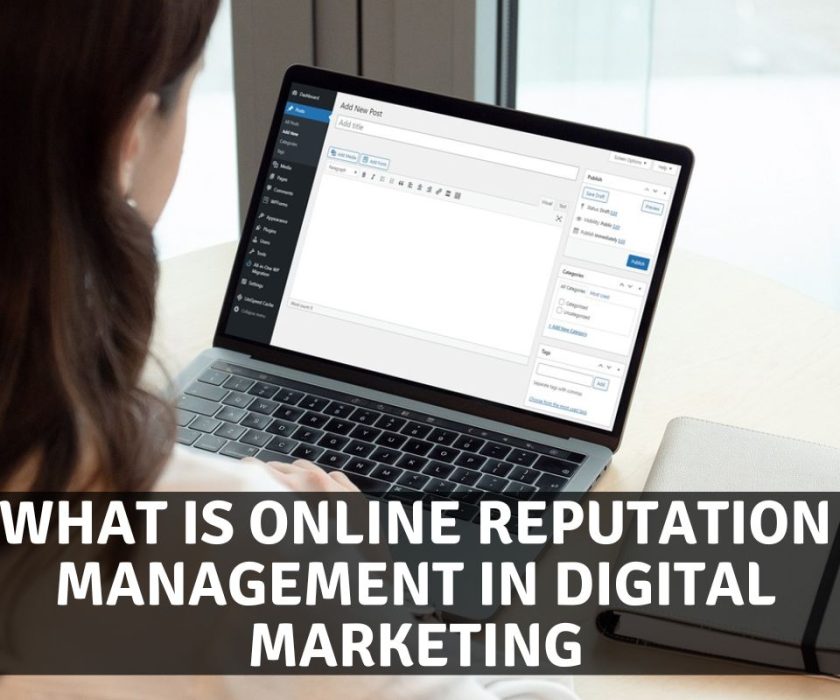What Is A Good Branding

Good branding assists organisations in fostering a good impression in the minds of consumers, employees, shareholders, and other partners. It gives the individual a cause to consider conducting business with a company, build an emotional bond, and communicate their beliefs. You can incorporate strong branding into your overall marketing strategy and allow you to recruit exceptional staff.
Branding allows businesses and organisations to stand out in the marketplace. It also gives clients an incentive to choose a company or product. For example, if customers believe one brand of natural remedy is more efficient than another, they are more inclined to buy the more efficient one. Brand names are also crucial for building confidence, leading to long-term client retention.
Characters of Good Branding
Branding is a critical marketing technique that contributes to formulating a business’s values and identity. The following are some attributes of good branding:
- Leadership – Good branding demonstrates market leadership. A company, for example, may try to be among the first to bring in new features, capabilities, or products in a targeted industry. Furthermore, effective brands frequently set technological benchmarks that others eventually follow.
- Uniqueness – Good branding assists businesses in building an identity and emphasising a value proposition to attract customers. Customers, for example, may identify the name of a prominent restaurant and purchase meals from it because it serves unique cuisine. A brand’s meaning might also shift as the business evolves.
- Consistency – Since branding revolves around a company’s image, it’s generally advantageous for brand expressions to be similar, regardless of the form they take. Advertisements, logos, and corporate messaging are examples of actual and tangible brand representations. Being consistent can help a brand establish itself and boost its market value.
- Quality – Quality is also prioritized by successful brands in everything they do and every encounter they have with their stakeholders. This might help a business stand out as a dependable choice among its competition. Quality also contributes to loyalty, which may lead to recurrent transactions.
- Audience Intimacy – Successful brand messaging demonstrates a business’s expertise in its target audience’s demands and desires. Many firms anticipate what clients want to see in terms of new services or products and produce them before they are even requested. Understanding your potential consumers can also influence your judgment about brand tangibles and how your business communicates.
Tips For Effective Branding
Knowing what makes a good brand can help you plan your brand strategy. Here are some suggestions to help you achieve successful branding.
- Build Company Values
Consider developing a set of guiding principles for a business to follow and putting in place measures to encourage employees to adhere to such values. Prepare a content or reference manual that defines how the organization’s promotional material, company’s official statement, & website will appear. To construct a captivating brand statement, consider researching your competitors and evaluating your strengths.
- Monitor The Brand Proactively
A good brand includes a number of distinct elements. Active brand management, whether through brand professionals or executive employees, is essential as it can enable an organization to grow exponentially. Consider creating a brand council that ensures reliability while possessing the power to make brand decisions.
- Prioritize Quality
Attention to detail, large and small, can create a positive brand perception in consumers’ minds. A quality reputation can help a company’s value and sales grow rapidly. Quality is measured by the products you offer and the experiences you generate.
- Create A Catchy Tagline
Most people are immediately drawn to brand slogans, also known as taglines. These are catchphrases that can easily be loaded into memory and associated with a specific brand. That is why it is imperative to develop an easy-to-remember tagline. It can help clients recognise a brand across various media channels and marketing materials.
- Develop A Website
Make your website an essential component of how you operate a particular brand. Customers are increasingly engaging with businesses online; thus, the brand must also be visible there. Website branding includes your logo, photo selections, and writing tone. It could also involve how effectively customers can utilise & navigate your website.
- Pay Attention To Social Media Interactions
Customers utilise social media platforms to voice their thoughts or opinions about businesses, their products, & their policies. Businesses can also engage in those conversations by responding to or analysing the remarks to learn how to enhance their offerings. Online interactions can reveal how individuals feel and perceive the brand message.











